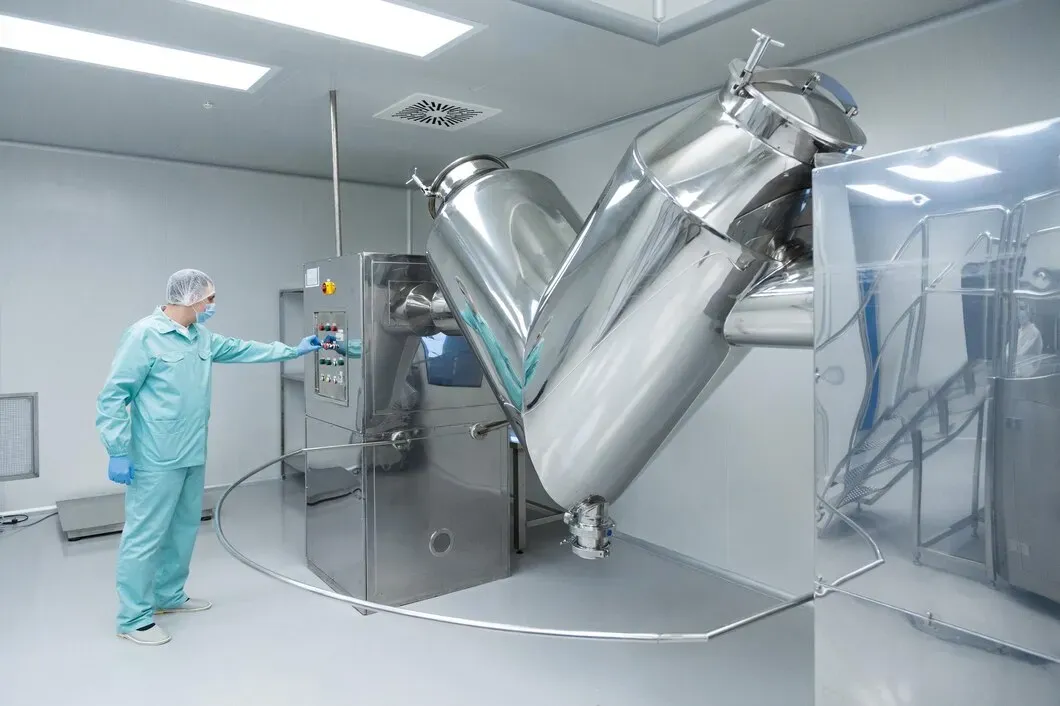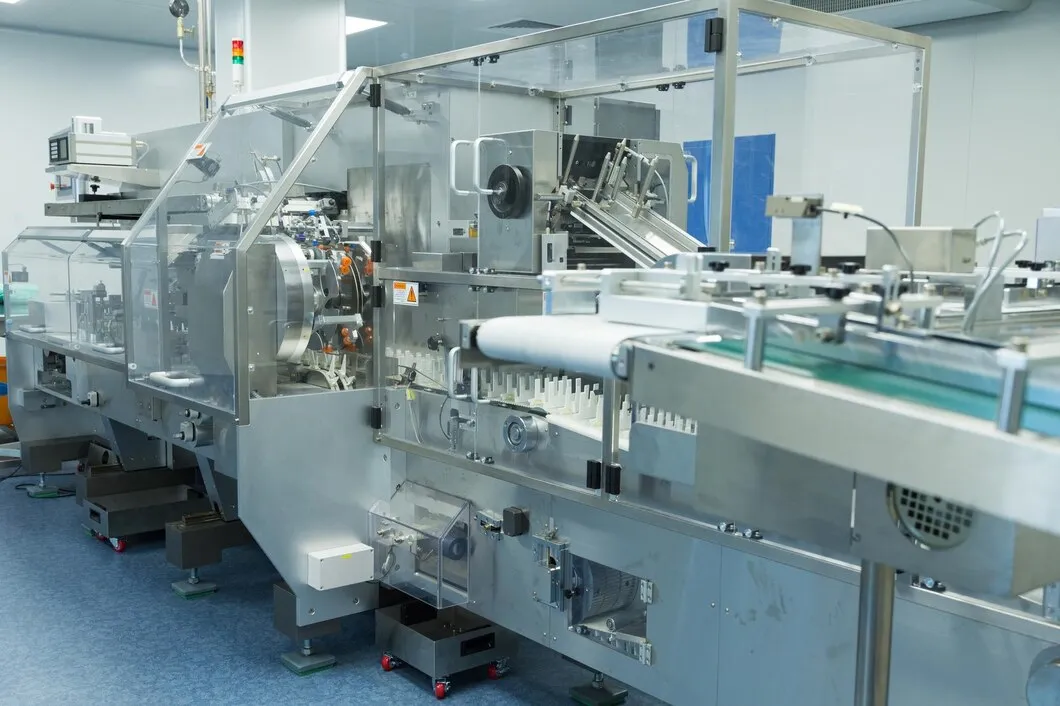Chi phí và thời gian để đưa một loại thuốc mới ra thị trường ngày càng tăng. Trung bình, phải mất tới một thập kỷ và hàng tỷ đô la để phát triển một phương pháp điều trị duy nhất. Để duy trì khả năng cạnh tranh, các công ty dược phẩm đang chuyển sang trí tuệ nhân tạo (AI) để làm việc thông minh hơn, chứ không phải chậm hơn.
Trong bài viết này, chúng ta sẽ xem xét cách AI và dược phẩm đang hợp tác để đẩy nhanh quá trình nghiên cứu và phát triển. Chúng tôi sẽ đề cập đến các trường hợp sử dụng thực tế, lợi ích, thách thức và ý nghĩa của điều này đối với nhà sản xuất và các đối tác trong chuỗi cung ứng.

Phát triển thuốc luôn phức tạp, nhưng khoảng cách giữa đầu tư và sản lượng đang ngày càng lớn. Các công ty dược phẩm đang phải đối mặt với lợi nhuận thấp hơn từ R&D, thời gian dài hơn và áp lực gia tăng để cung cấp các liệu pháp nhắm mục tiêu nhanh hơn. Theo Deloitte, lợi nhuận R&D trung bình vào năm 2024 đã giảm xuống 1.2%, ngay cả khi chi phí phát triển vượt quá $2,2 tỷ cho mỗi loại thuốc.
AI cung cấp một cách để đảo ngược xu hướng đó. Nó giúp các nhóm xử lý dữ liệu nhanh hơn, giảm sự phụ thuộc vào thử nghiệm và sai sót, và xác định các ứng cử viên thuốc tốt hơn sớm hơn trong quá trình phát triển. Điều này đặc biệt hữu ích trong quá trình phát hiện sớm và thiết kế thử nghiệm lâm sàng—hai lĩnh vực mà sự chậm trễ thường xảy ra và tốn kém.
Đối với các công ty đang phải đối mặt với biên lợi nhuận nhỏ hơn và rủi ro lớn hơn, AI không chỉ là một công cụ mà còn là cách để xây dựng lại hiệu quả và duy trì khả năng cạnh tranh trong bối cảnh thay đổi nhanh chóng.
AI đang tạo ra những tác động hữu hình ở nhiều giai đoạn phát triển thuốc khác nhau:
Việc tích hợp AI vào hoạt động R&D dược phẩm mang lại một số lợi thế:
Bất chấp lời hứa hẹn, việc áp dụng AI trong ngành dược phẩm vẫn phải đối mặt với một số rào cản:
Quỹ đạo của AI trong ngành dược phẩm rất hứa hẹn:
Khi AI đẩy nhanh quá trình khám phá thuốc, các nhà sản xuất phải chuẩn bị cho sự gia tăng các hợp chất mới cần phát triển. Điều này đòi hỏi các dây chuyền sản xuất có khả năng thích ứng, có thể xử lý nhiều công thức khác nhau và các hoạt động có thể mở rộng để đáp ứng các nhu cầu khác nhau. Việc liên kết với các đối tác am hiểu AI sẽ rất quan trọng để điều hướng hiệu quả bối cảnh đang thay đổi này.
Việc tích hợp AI vào hoạt động R&D dược phẩm đang thay đổi cách ngành công nghiệp khám phá và phát triển các loại thuốc mới. Bằng cách đẩy nhanh quá trình nghiên cứu ban đầu, cắt giảm chi phí và cải thiện tỷ lệ thành công của thử nghiệm, AI và dược phẩm đang hợp tác với nhau để giải quyết những vấn đề tồn đọng lâu nay.
Nhưng khám phá chỉ là khởi đầu. Khi nhiều hợp chất di chuyển qua đường ống nhanh hơn, các nhà sản xuất cần các hệ thống có thể theo kịp—linh hoạt, có thể mở rộng và sẵn sàng cho GMP. Đó là nơi Canaan xuất hiện.
Canaan thiết kế máy móc dược phẩm tiên tiến giúp bạn mở rộng quy mô một cách tự tin—cho dù bạn đang sản xuất viên nang, viên nén hay công thức phức tạp. Chuẩn bị dây chuyền sản xuất của bạn cho làn sóng đổi mới tiếp theo do AI thúc đẩy.Liên hệ với chúng tôi để tìm hiểu cách chúng tôi có thể hỗ trợ giai đoạn tăng trưởng tiếp theo của bạn.




Trước khi bất kỳ loại thuốc nào đến tay bệnh nhân, nó bắt đầu trong phòng thí nghiệm. Đó là nơi các công thức được thử nghiệm, các lô được kiểm tra và chất lượng được xác nhận hoặc nghi ngờ. Để thực hiện đúng công việc đó, các phòng thí nghiệm phụ thuộc vào thiết bị phù hợp—các công cụ không chỉ hoàn thành công việc mà còn thực hiện một cách chính xác. Nếu bạn chịu trách nhiệm điều hành hoặc […]

Bao bì vỉ có ở khắp mọi nơi trong ngành dược phẩm—từ viên nén đến viên nang đến gói mẫu. Nó bảo vệ sản phẩm, kéo dài thời hạn sử dụng và cải thiện sự an toàn cho bệnh nhân. Nhưng đối với các nhà sản xuất, nó không chỉ là bao bì—mà là một hệ thống được xây dựng xung quanh tốc độ, độ chính xác và sự tuân thủ. Nếu bạn đang sản xuất dược phẩm hoặc mua sắm bao bì, đây là những điều bạn cần biết về vỉ […]

Nếu bạn đang quyết định cách cung cấp một sản phẩm dược phẩm hoặc thực phẩm bổ sung, định dạng bạn chọn—gel lỏng hoặc viên nén—sẽ định hình nhiều thứ hơn là vẻ ngoài của nó. Nó ảnh hưởng đến cách sản xuất sản phẩm, tốc độ hấp thụ, loại thiết bị bạn cần và cách người dùng cuối trải nghiệm sản phẩm. Một số hoạt chất hoạt động tốt hơn trong […]